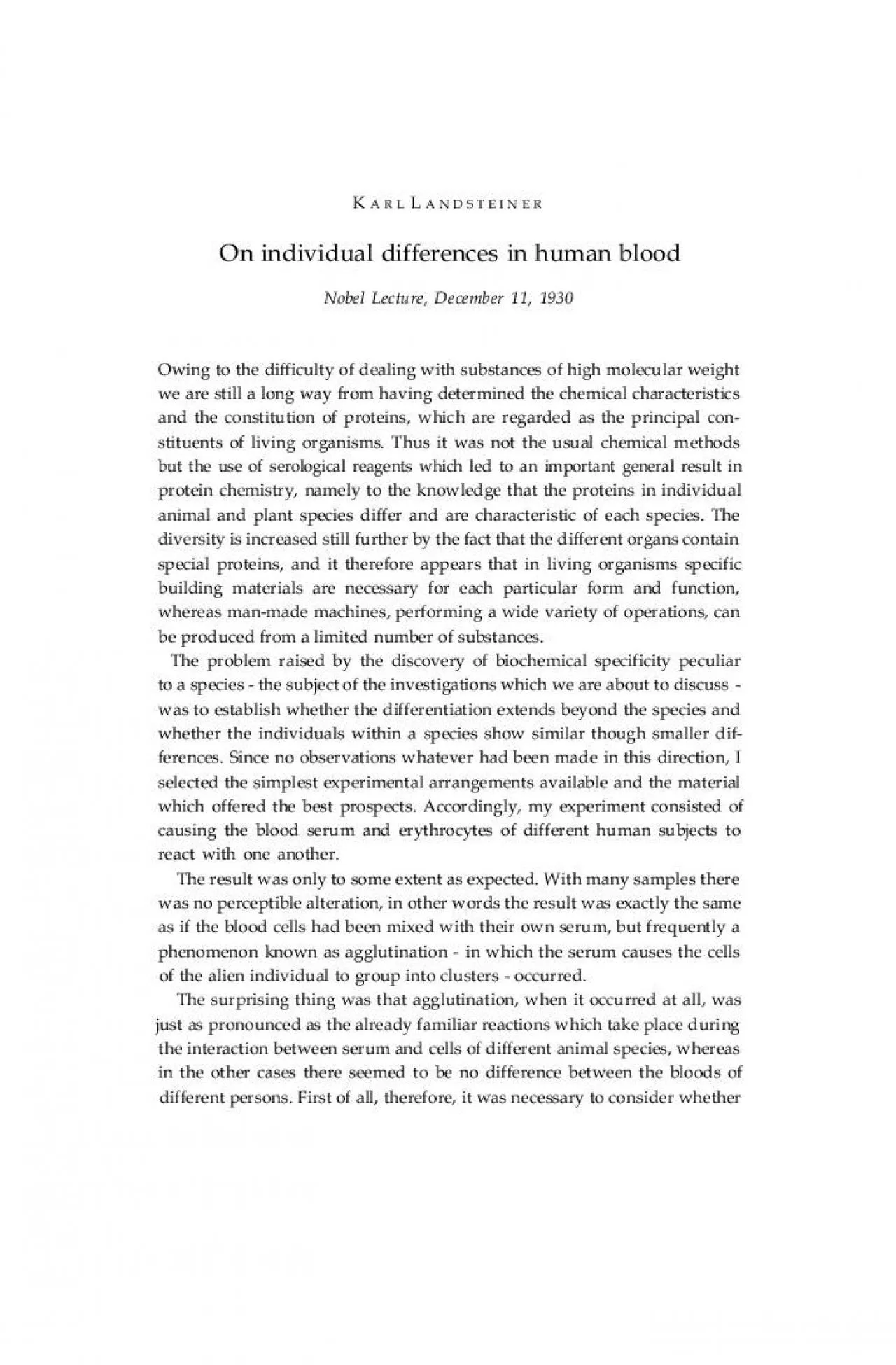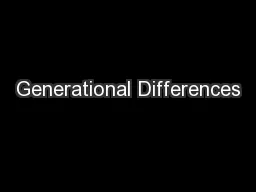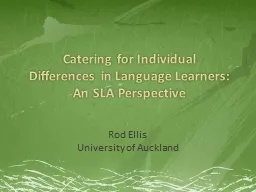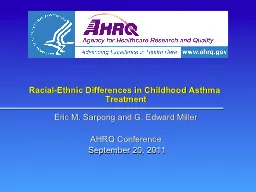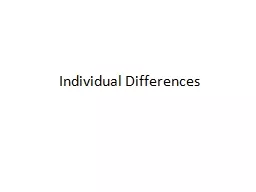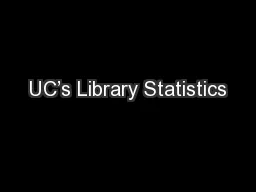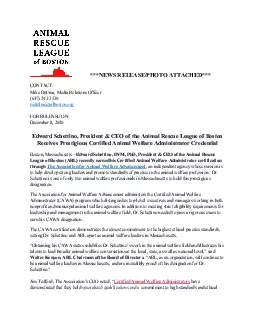PDF-ARL ANDSTEINEROn individual differences in human bloodNobel Lecture De
Author : taylor | Published Date : 2021-10-06
INDIVIDUAL DIFFERENCES IN HUMAN BLOOD235the physiological differences discovered between individuals were in factthose which were being sought and whether the phenomena
Presentation Embed Code
Download Presentation
Download Presentation The PPT/PDF document "ARL ANDSTEINEROn individual differences ..." is the property of its rightful owner. Permission is granted to download and print the materials on this website for personal, non-commercial use only, and to display it on your personal computer provided you do not modify the materials and that you retain all copyright notices contained in the materials. By downloading content from our website, you accept the terms of this agreement.
ARL ANDSTEINEROn individual differences in human bloodNobel Lecture De: Transcript
Download Rules Of Document
"ARL ANDSTEINEROn individual differences in human bloodNobel Lecture De"The content belongs to its owner. You may download and print it for personal use, without modification, and keep all copyright notices. By downloading, you agree to these terms.
Related Documents

